They say the best camera is the one you have with you, and I have a camera with me all the time. It's right here in my pocket. It's... my new Ricoh GR III X.
Of course, in my other pocket is a smartphone, even though I'd rather it was the Ricoh GR III. Both the GR III X and my Google Pixel 4a boast incredibly capable cameras, yet I spent around three times more on the camera than I did on my phone – and it doesn't make calls, arrange my life, or guide me where to go.
So what on earth would possess anyone to part with £900 (or around $999 / AU$1,699) for a compact camera, when the money could instead be used to upgrade to something like the iPhone 13 Pro? Well, let me answer that by telling you a little bit about my new camera.
Decisive moments
The Ricoh GR III X isn't any ordinary compact camera, which is why it costs the same as an iPhone 13 Pro. It's purpose-built for the likes of street photography, with a rapid start-up time of under a second, plus controls and dials that I can customize ahead of time to ensure that the settings are right for the moment that is unfolding before me.
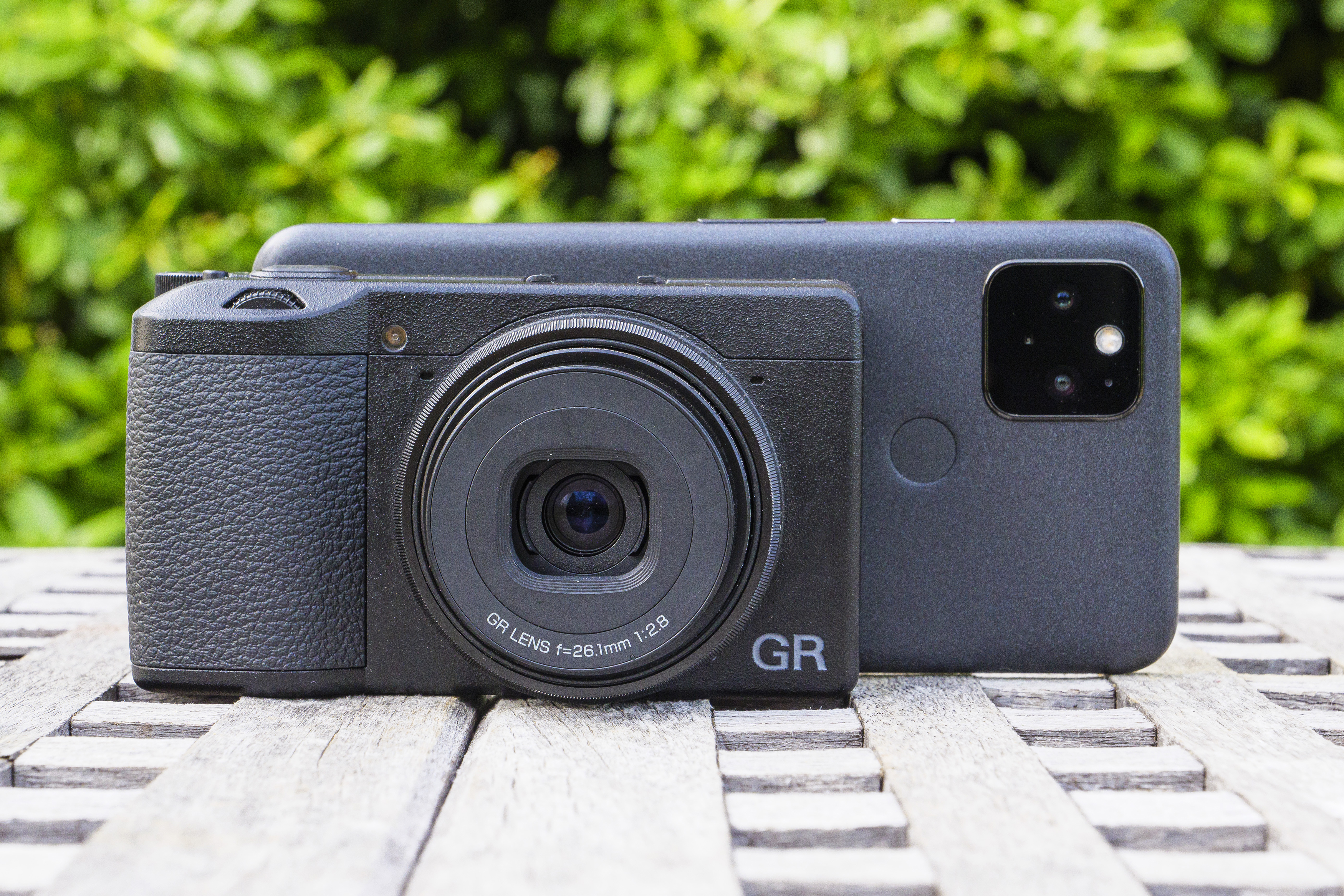
I can assign every camera setting to a custom shooting mode, and I can do that for three different user-defined collections. For example, one of those can have its focus set to a very specific distance via 'Snap Focus', its picture style set to a dynamic black and white, the exposure metering set to protect the highlights, and the list goes on.
But what does that all mean? Well, as I've gotten to know the camera and tweaked it over time, I can instinctively flick a switch or turn a dial and the camera is ready to capture the decisive moment with precision, with the exposure and style that I like. Minimal fiddling involved, and far quicker than a phone.
The big picture
There are other reasons why I've picked the GR III X over upgrading to an iPhone 13 Pro, which is probably the best camera phone you can buy.
Despite its tiny size, the GR III X packs a large 24.2MP APS-C CMOS sensor and sharp 40mm f/2.8 lens. That's a lot of pixels to play with, plus the sensor size and wide aperture lens give me organic control over depth of field. I can blur backgrounds in my portraits for real, and the results trump any Portrait mode. This isn't a fallible smartphone computational workaround; this is the real thing and you can tell.
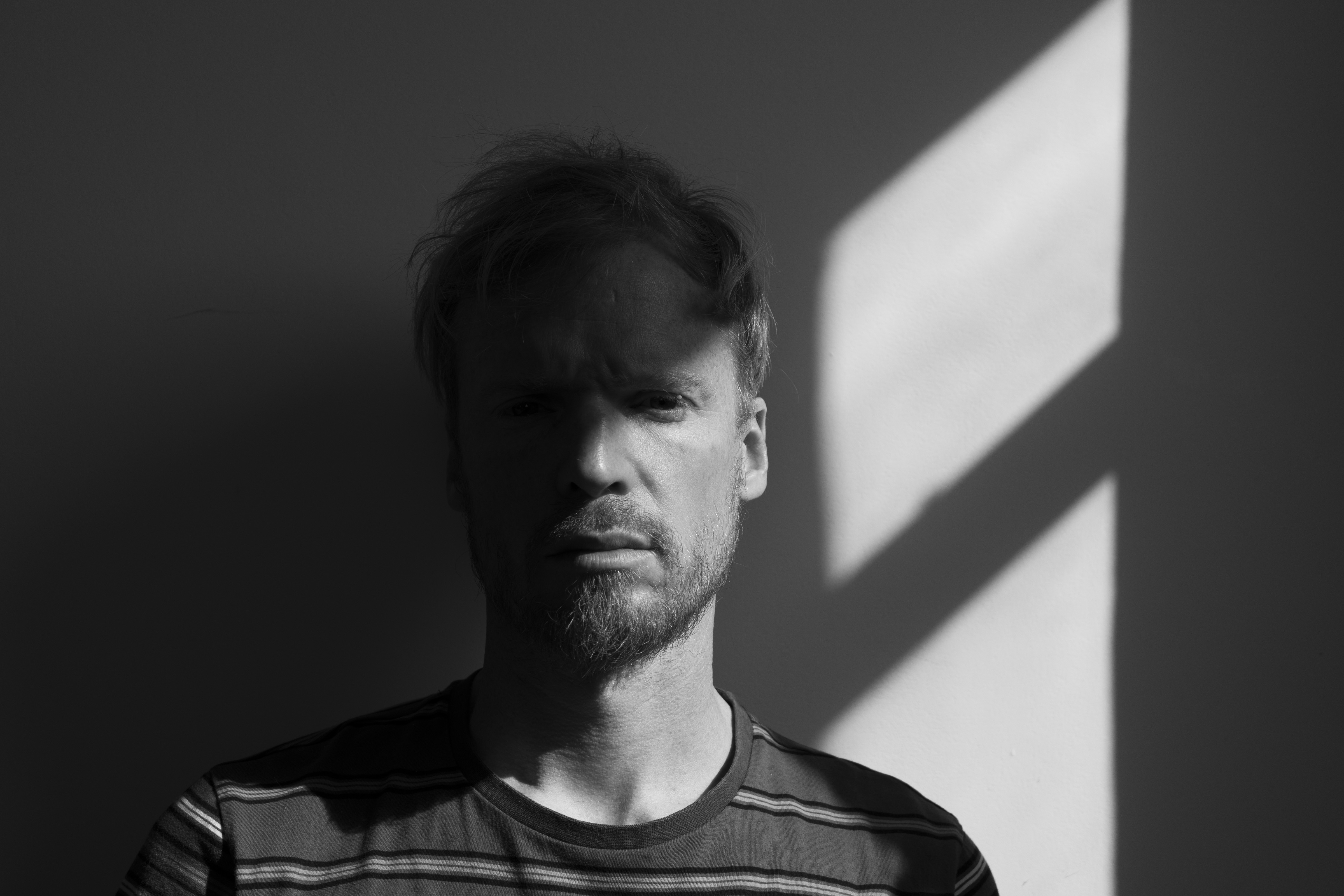
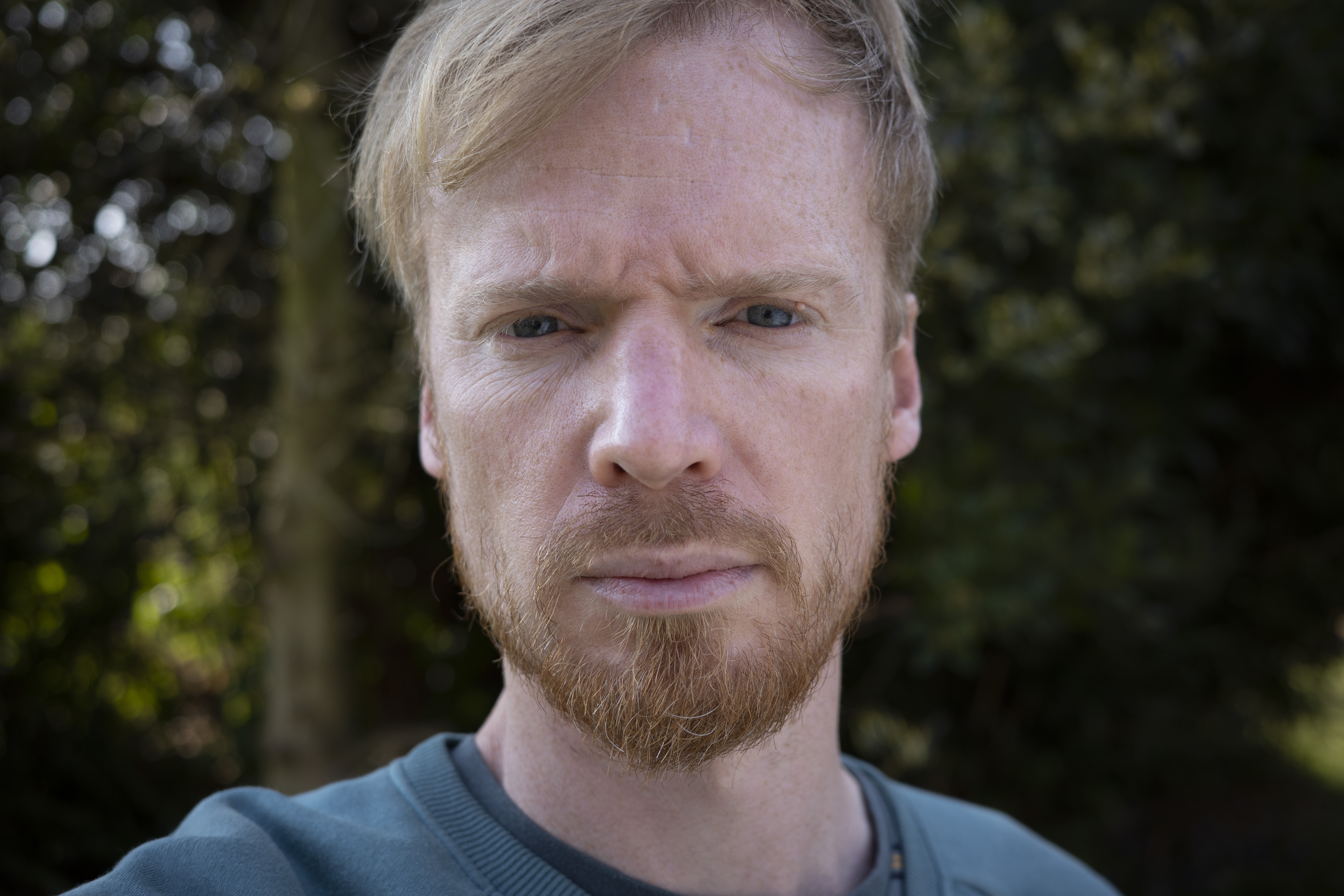
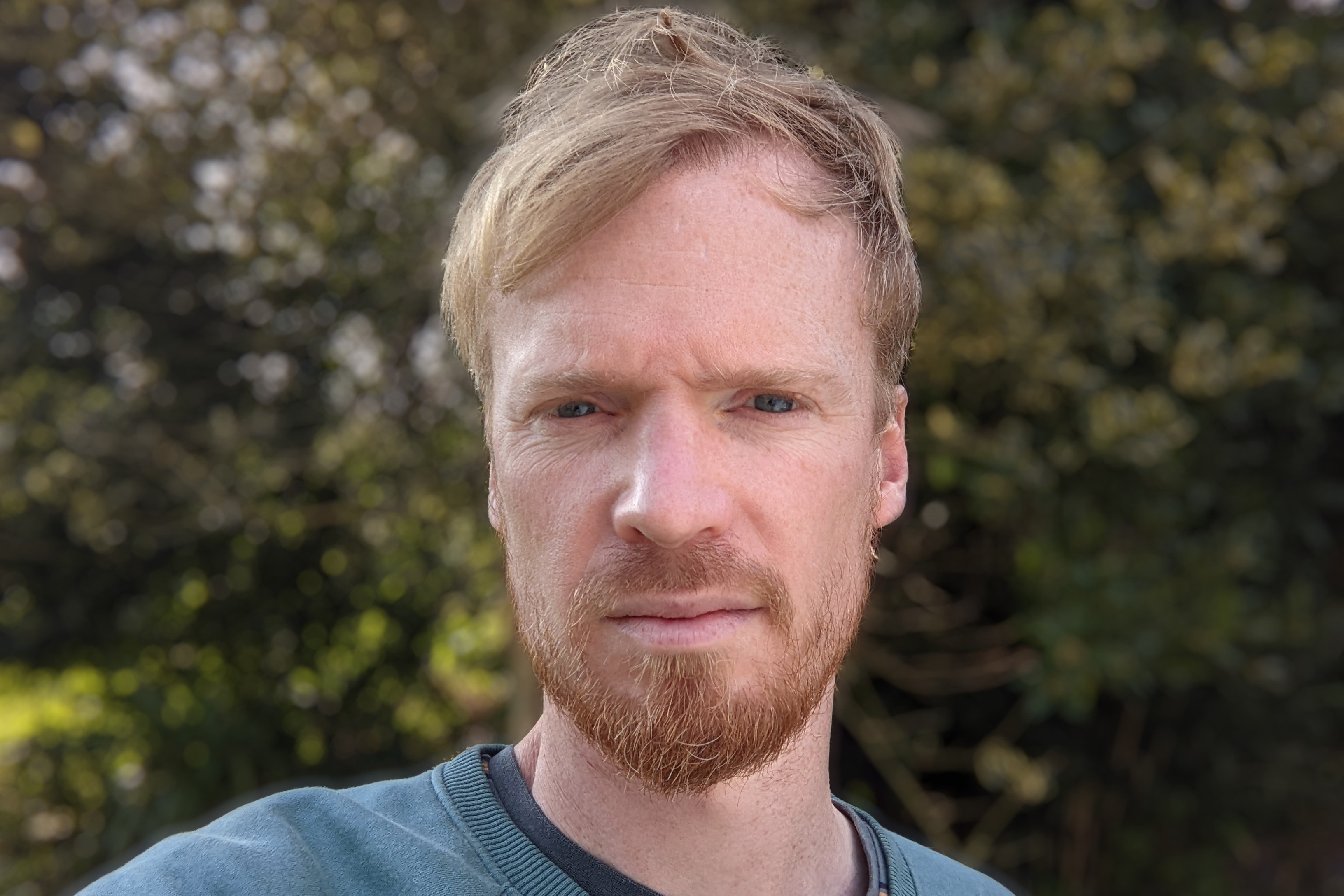
Don't get me wrong, I've shot some great photos with my modest smartphone, and phones have come on leaps and bounds thanks to the heaviest investment in camera tech today.
But on phones, everything from depth-of-field control to bright night images is done by computational wizardry. By contrast, that big sensor in the GR III X is able to provide more immersive depth and to gather more light for genuine, clean night-time images.
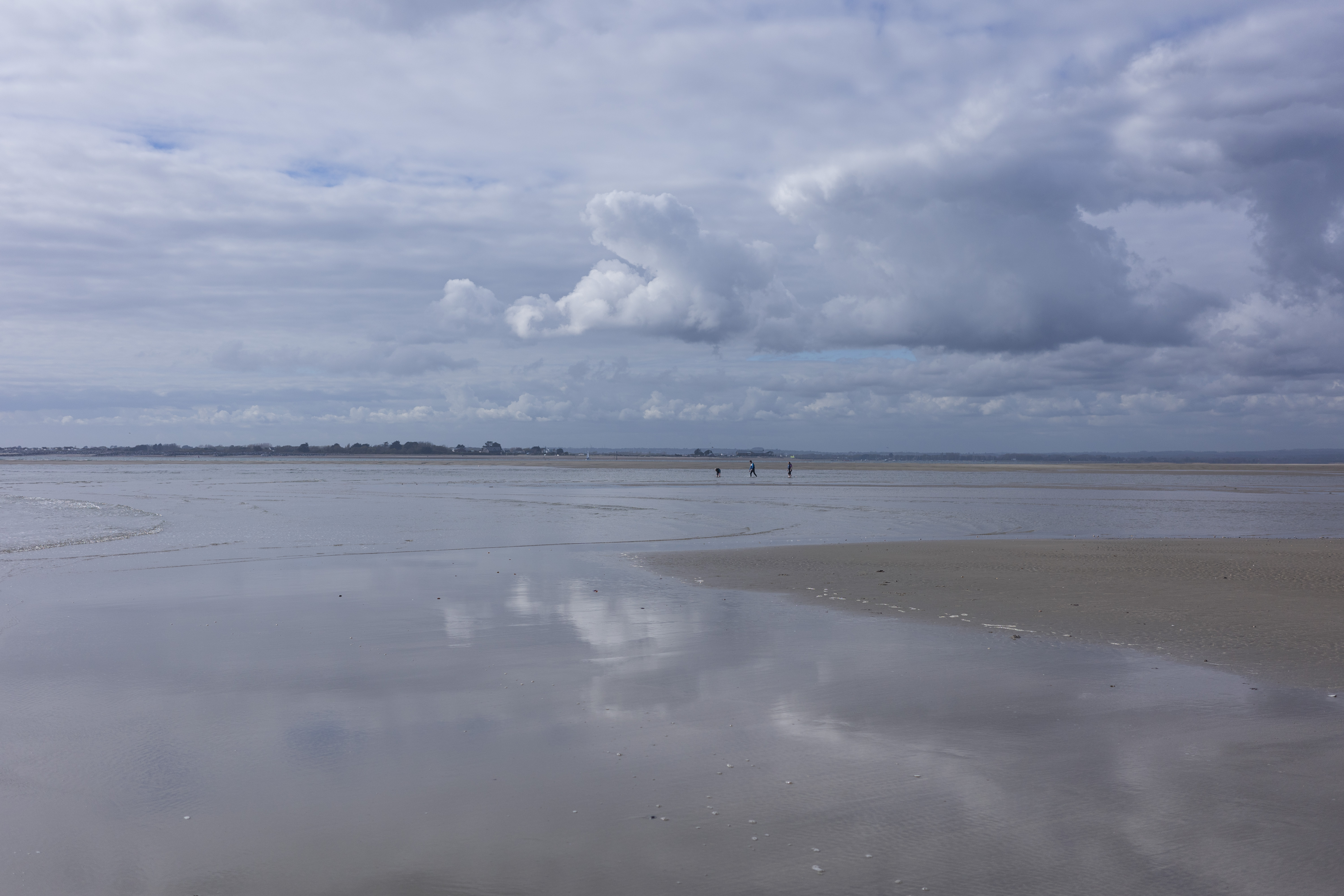

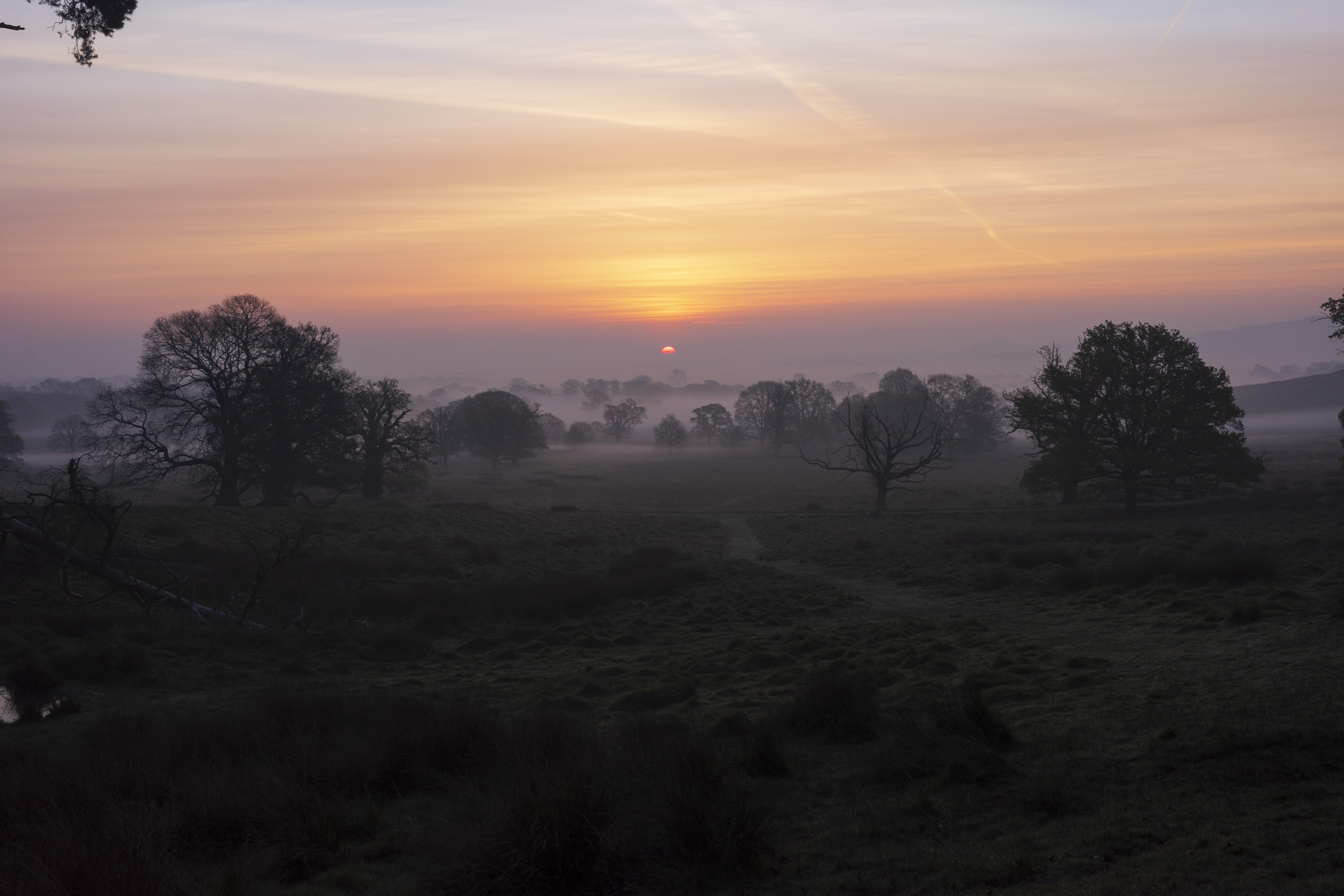
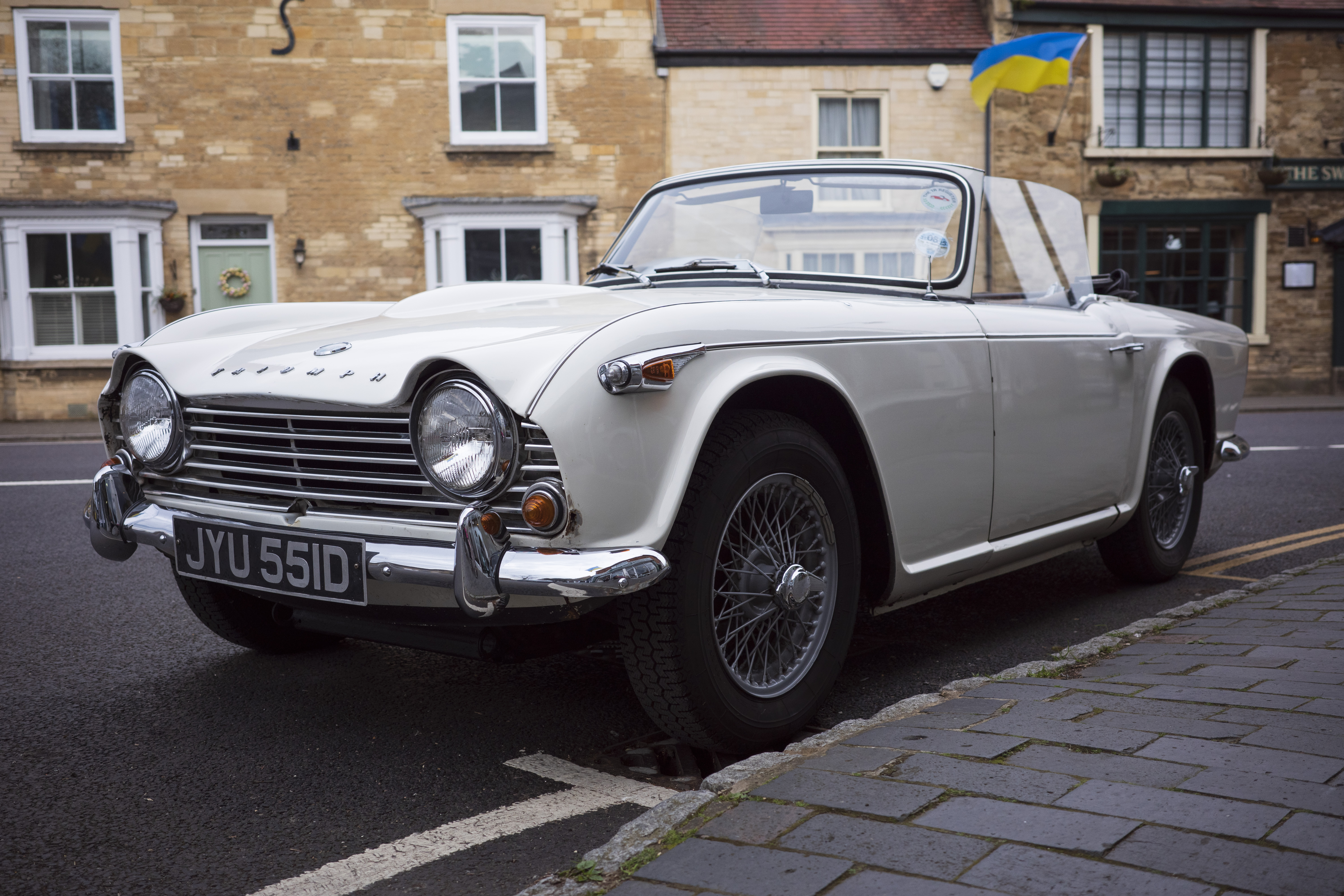
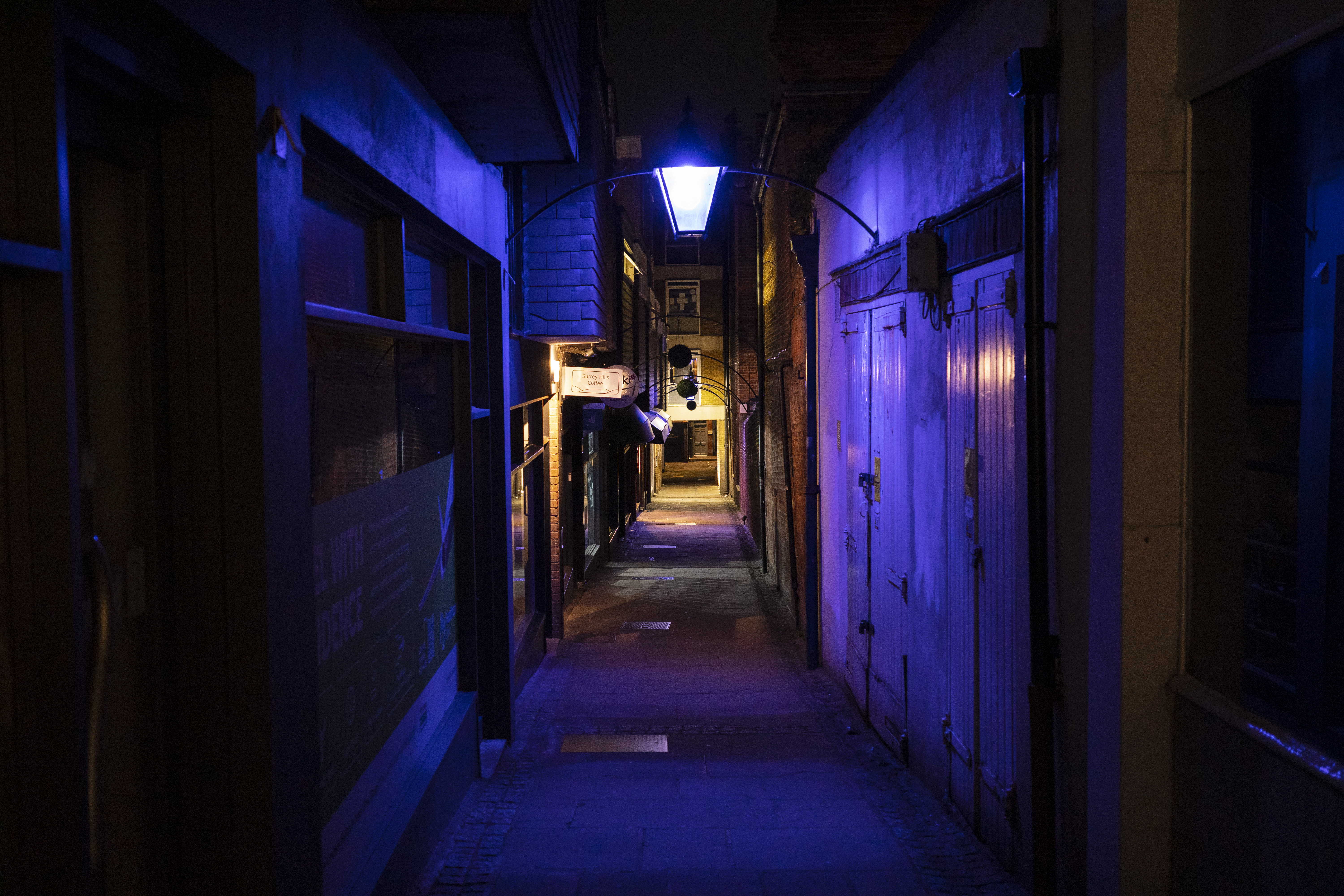
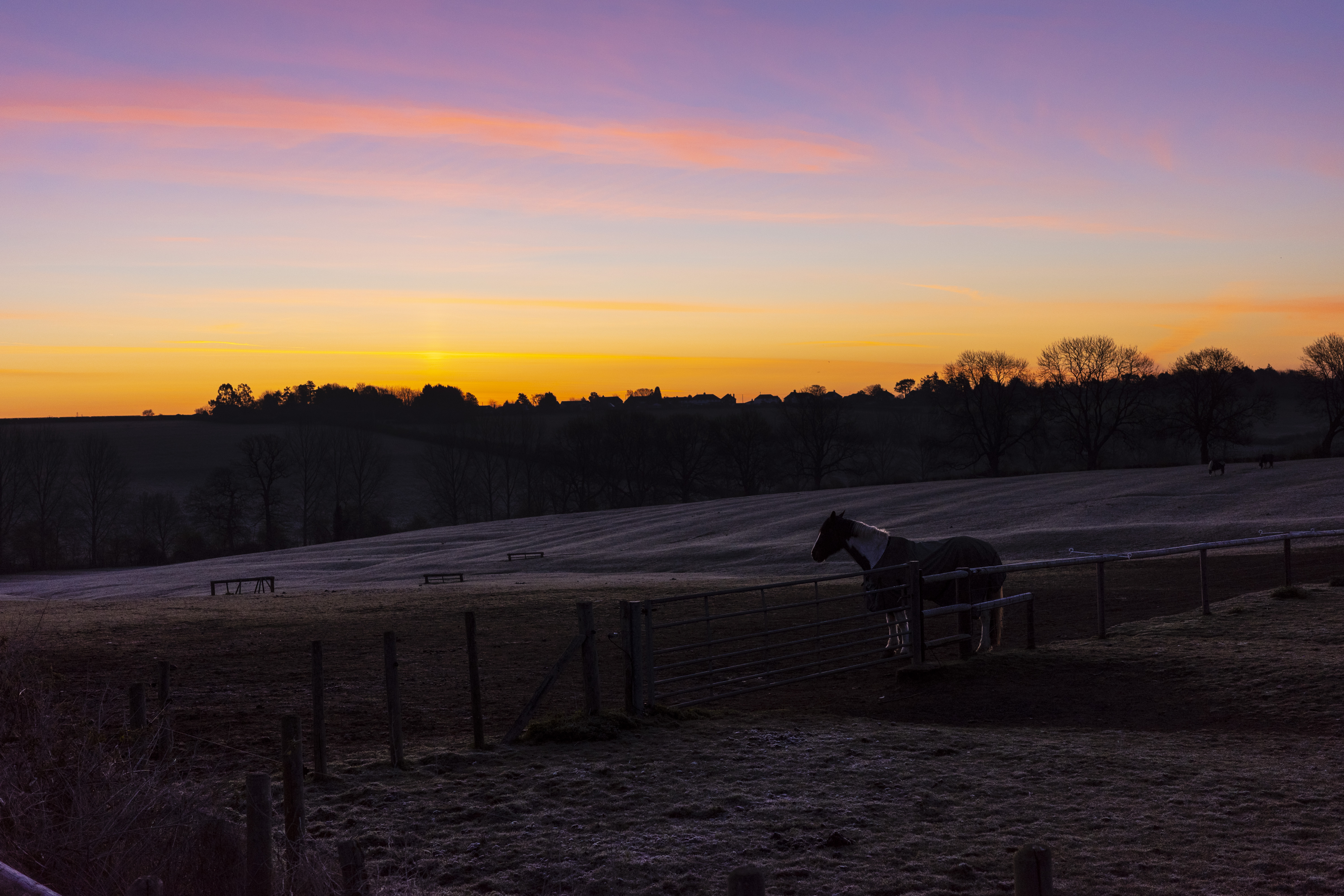
Another big bonus is my new compact camera's size. High-end cameras are usually big, bold and scream "professional money-making photographer, coming through". But not the GR III X. It's stubbier and narrower than your average smartphone, albeit a bit deeper to accommodate that brilliant image sensor.
But it still slips into your pocket and it is properly inconspicuous in a way that no other large sensor compact is. Out and about, you can get it out like your phone and no one really bats an eyelid. This is a great camera for observational street photography and everyday snaps. If that's your thing, it's undoubtedly one of the best compact cameras you can buy.
Staying focused
Aside from its photographic chops, the other main advantage of the GR III X is that it's a camera – and only a camera.
With my phone, WhatsApp will ping, or I'll get distracted by the need to buy a same-day delivery present for my nephew's birthday. My GR III X does none of those things, and that's the beauty. The focused beauty.
If I take the GR III X out of my pocket, it's to take pictures, not check my messages. It encourages me to be creative. Even its limitations, like the fixed focal length lens, help me develop a way of seeing things. Seeing, shooting, and even editing on the Ricoh helps refine my snaps. For me, it's putting the joy back into making pictures.
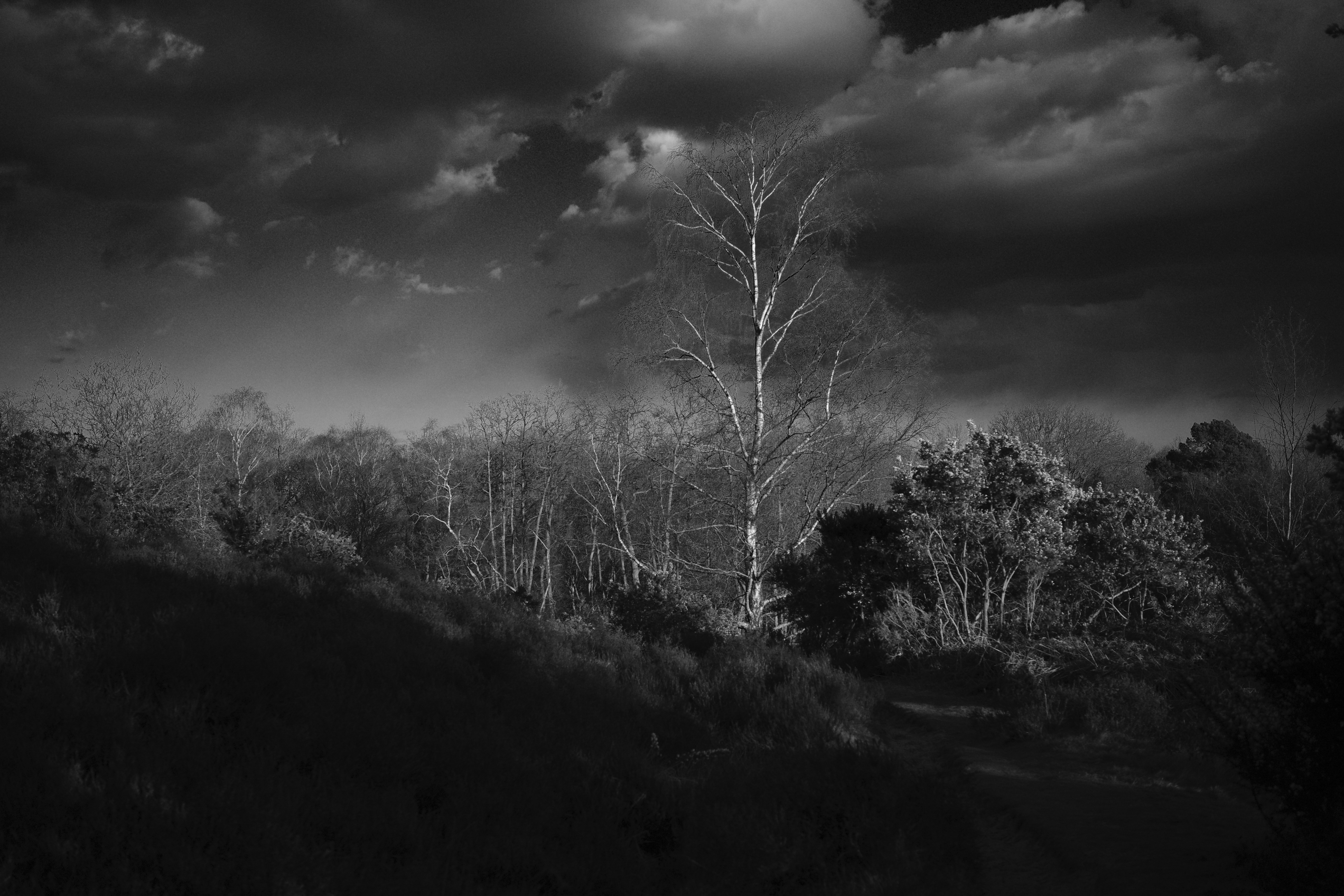
Talking of editing, the GR III X tries to go toe-to-toe with smartphones in providing a decent array of in-camera picture edits, even to those raw format pictures for editing flexibility. It also features Bluetooth and Wi-Fi connectivity, which is snappy and reliable, so I can then upload these beautiful pictures to my phone for sharing (yes, the phone does come in somewhere).
There's a real refinement to some of the available edits in the GR III X and it's the first time I've really got into black and white photography. Of course, the really fiddly stuff, like cloning out distracting elements, still takes place in free smartphone apps like Snapseed. But the crucial part of editing and developing my style is done in-camera.
Flawed genius
My Ricoh GR III X is far from perfect. Its battery life is poor, there's no built-in flash, its video recording tops out at Full HD and there's no viewfinder (or even the option of adding an external one). But it does also have a macro focus mode that reduces the minimum focus distance down to 12cm, and with a little cropping you can get superior close-up shots to the iPhone 13 Pro.
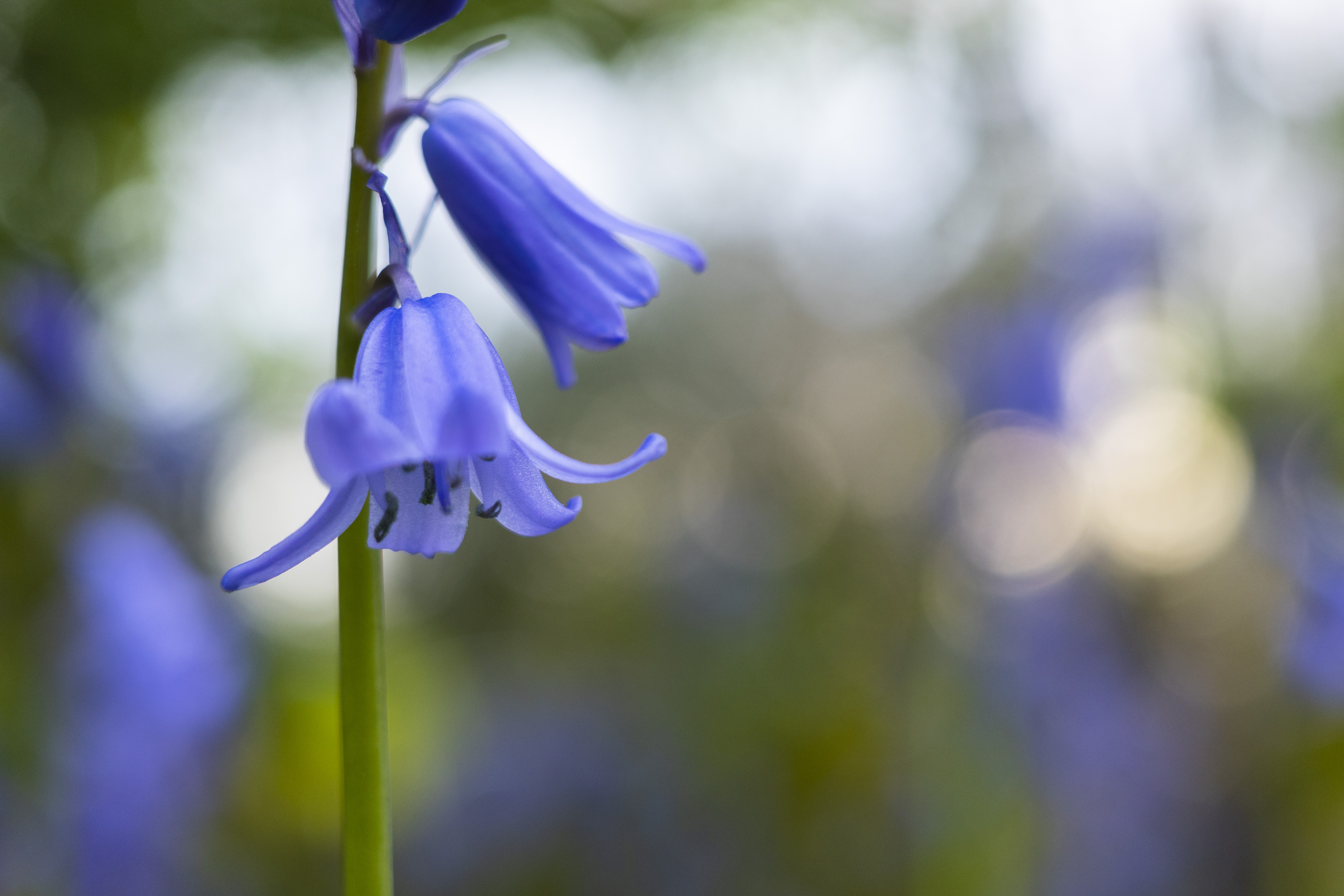
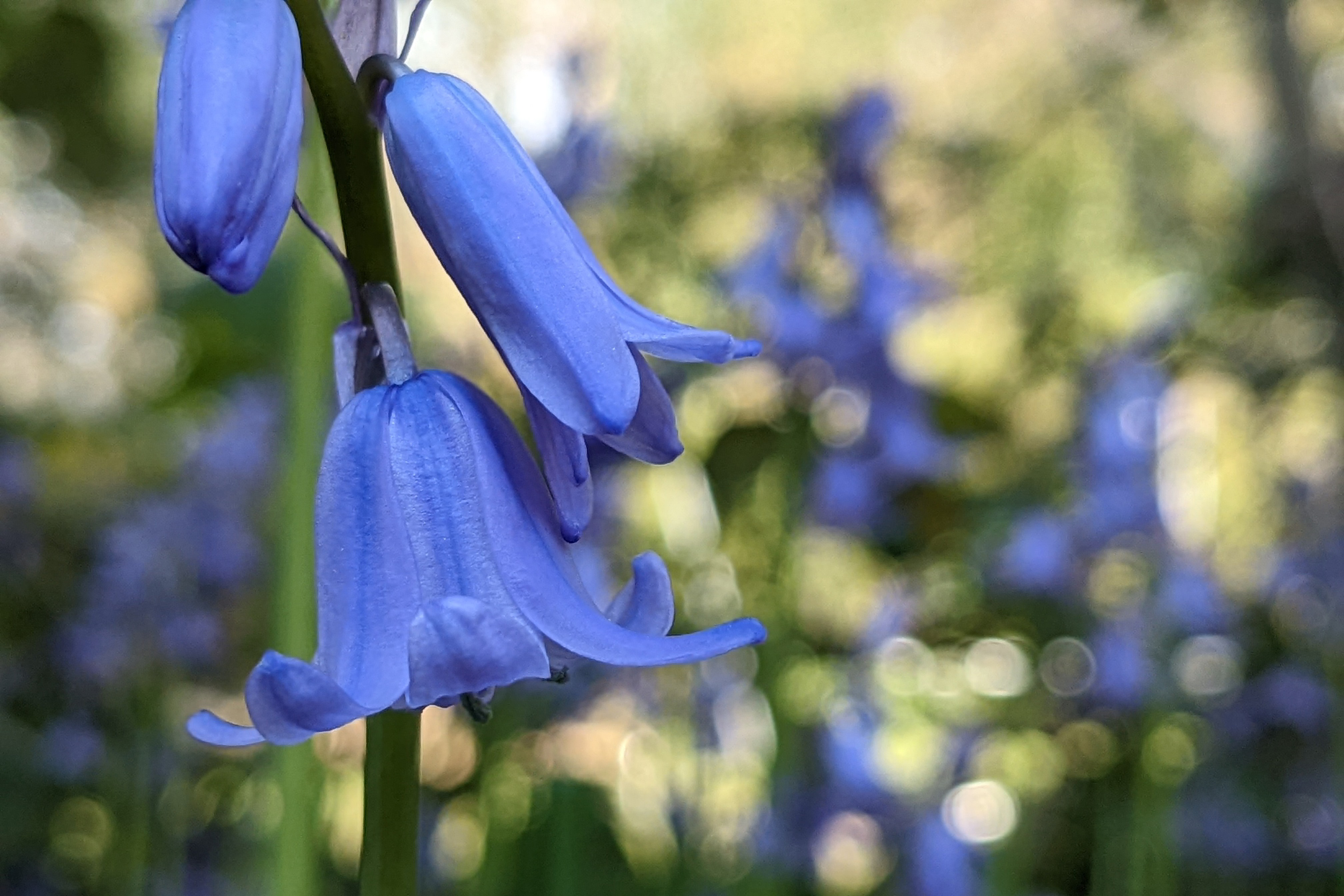
More importantly, the GR III X is simply a joy to use. It's a camera I want to have in my pocket at all times, as much as my phone, and its blend of power and customizability make it a tool that most photographers will love.
For all the smartphone computational wizardry in the world, I love the genuine depth and clarity I get in the images with my large-sensor compact camera. And crucially, it's an unobtrusive, rapid-responding and single-purpose device that focuses my creativity. The fact it slips in my pocket like a phone makes it the gift that keeps on giving.
from TechRadar - All the latest technology news https://ift.tt/IOYgXac

0 coment�rios: